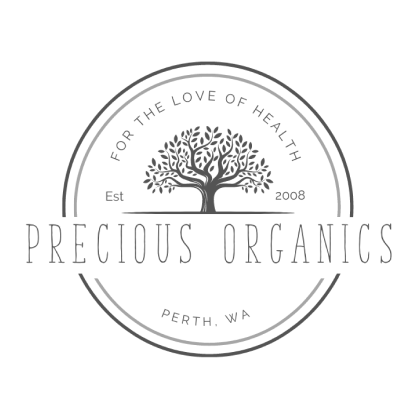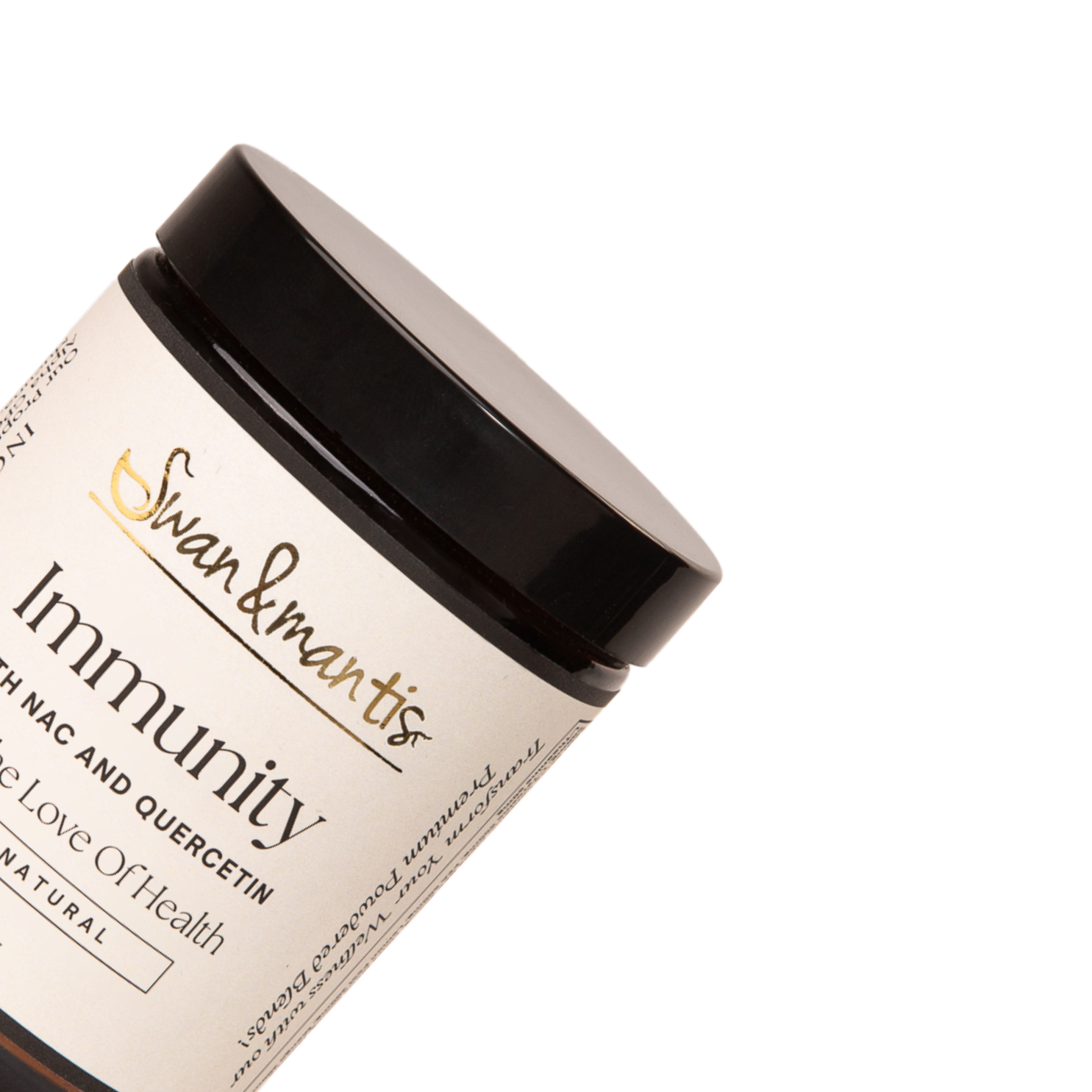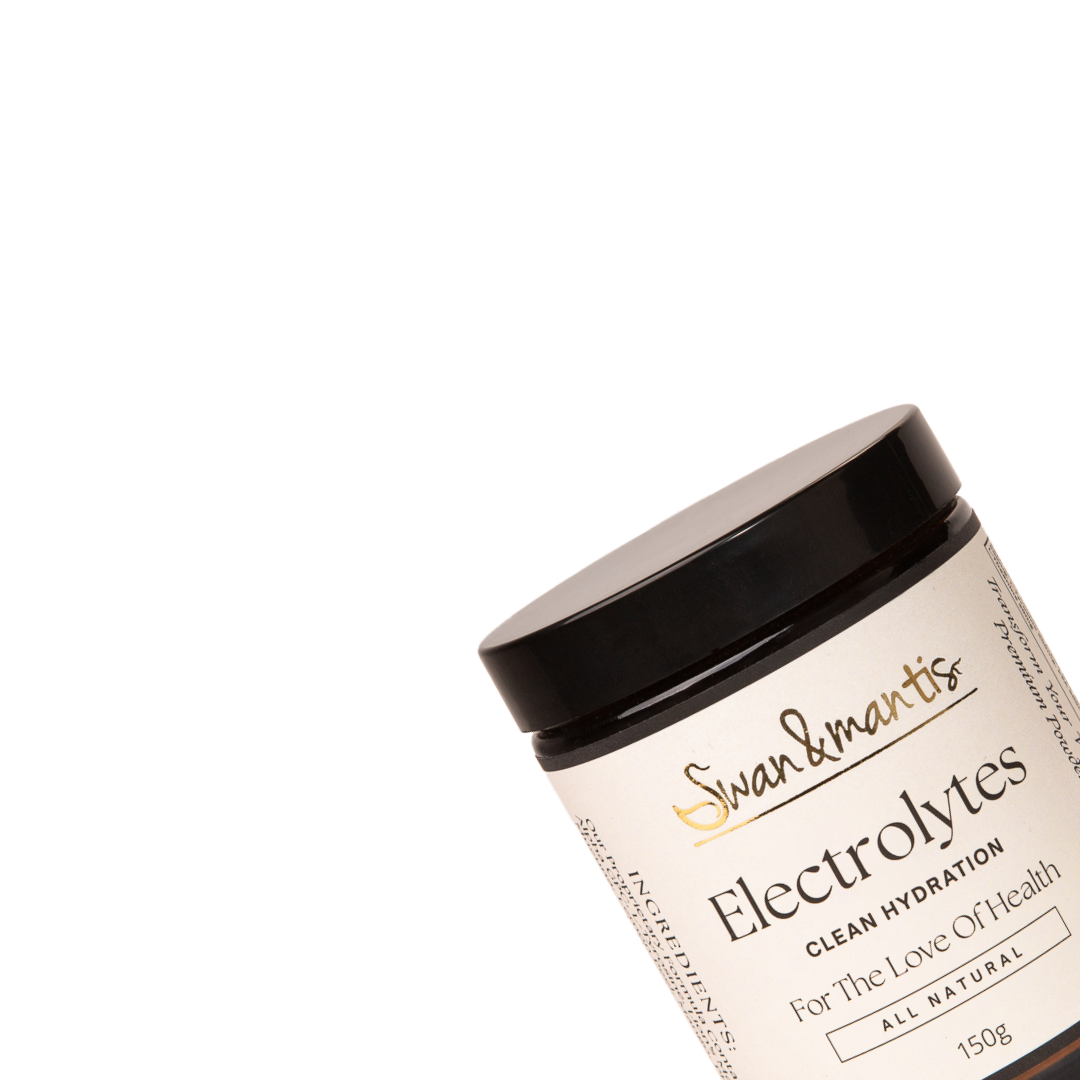Wheat, Barley, Spelt, and Alfalfa Grass Info
Wheat Grasses
Wheat grass is one of the so-called green foods that are valued by health-conscious individuals as a great natural source of nutrients. In juice form it contains 70% chlorophyll, which is often referred to as the blood of plant life. It closely resembles the molecules of’ human red blood cells. Chlorophyll has been shown to produce an unfavourable environment for bacterial growth in the body and therefore effective in increasing the body's resistance to illness.
Wheatgrass is considered to be a complete food in itself. The fact is that one pound of fresh wheatgrass is equivalent in nutritional value to 23 pounds of choice garden vegetables. Due to its fibrous nature, which is indigestible by humans, wheatgrass must be liquefied before it can be consumed
Wheat grass is known as an alternative cancer therapy. Drinking of wheat grass juice helps your body to build red blood cells which carry oxygen to every cell. By increasing the oxygenation the body you can help offset smog and carbon monoxide and increase your endurance during physical exercise.
Wheat grass has been found to dissolve scars formed in the lungs and in addition helps wash drug deposits from the body, purifies the blood and organs and counteracts acids and toxins in the body. It helps to increase the enzyme level in our cells, aiding in the rejuvenation of the body and the metabolism of nutrients These enzymes assist in dissolving tumors.
This nutrient-rich grass contains 17 amino acids which are the building blocks of proteins. The body uses these amino acids for things like building muscle tissue, repairing cells and clotting the blood. Wheatgrass retains 92 of the 102 minerals found in the soil. These minerals include calcium, phosphorus, iron, magnesium and potassium. It is a rich natural source of vitamins A and C. Wheatgrass has more vitamin C than oranges and twice the vitamin A of carrots. It is exceptionally rich in vitamins E, K, and B-complex. It is also a natural source of laetrile (B-17). Wheatgrass produces an immunisation effect against many dietary carcinogens.
Growing wheatgrass to about seven inches tall is optimum for its health benefits. Simply place selected grain in about one-inch of organic soil to enjoy one of the most cleansing and nutritious juices available.
Ann Wigmore was responsible for the popularity OF WHEATGRASS JUICE. In The Wheatgrass Book she provides a detailed description of wheatgrass, its properties, uses and remarkable regenerative and anti-aging abilities - and also includes the method of growing and juicing it.
Aside from all the nutrients mentioned above, another less understood ingredient - 'the grass juice factor' is a property of wheatgrass that enables it to sustain life in herbivorous mammals. No other single plant will keep cows, sheep, guinea pigs and mice alive and well through generations. In other animal experiments, wheatgrass was able to return full potency in less than two months to male and female cows that had been unable to produce offspring.
Wheatgrass juice benefits the blood cells, bones, glands, hair, kidneys, liver, muscles, spleen, teeth and other body parts. It can be applied to the skin or scalp and I often use it as a rectal implant via an enema to cleanse the large intestine. It can be used to cleanse eyes, gums, sinuses and teeth.
Wheatgrass juice protects the lungs and blood from water and air pollution, toxins, cigarette smoke and heavy metals. It is also a safe and extremely potent aid to weight loss since it suppresses the appetite and stimulates circulation and metabolism.
One handful will produce approximately an ounce of juice. This can be taken alone, or mixed with other juices such as carrot and apple. Although the grass can be cut and stored in the refrigerator for a few days, once juiced it is not stable and will spoil quickly. Drinking it within fifteen minutes of juicing is optimal. Sipping it slowly over a couple of minutes - on an empty stomach - will provide the most benefits. Slowly increase from one ounce a day to about four ounces each day will gently acclimatise your system to it. Drinking it at mid-morning and mid-afternoon are great times for this green energy pick-you-up.
Wheatgrass can also be taken in tablet and powder form - very useful when travelling. People sensitive, or even allergic to wheat and wheat products - usually to the gluten found in wheat and also rye, barley etc - have no problems with wheatgrass juice, since it contains no gluten in this form. Truly a complete superfood!
I have found the following conditions in my patients to be responsive, alongside specific individualised lifestyle changes, to the intake of wheatgrass juice:-
Acne, Ageing (premature), Anaemia, Arthritis, Asthma, Bladder disorders, Blood pressure (high or low), Bone disorders, Bronchitis, Cancer, Circulatory weakness, Colitis, Constipation, Diabetes, Eye disorders, Fatigue, Hay Fever, Hair loss, Heart disease, Hypoglycaemia, Impotence, Infection, Kidney disorders, Liver disorders, Lung disorders, Nervous disorders, Skin disorders, Ulcers, Weight loss.
FORTY POINTS ABOUT WHEATGRASS AND ITS NUTRITIONAL VALUES
1. Wheatgrass juice is one of the best sources of living chlorophyll available.
2. Chlorophyll is the first product of light and, therefore, contains more light energy than any other element.
3. Wheatgrass juice is a crude chlorophyll and can be taken orally and as a colon implant without toxic side effects.
4. Chlorophyll is the basis of all plant life.
5. Wheatgrass is high in oxygen like all green plants that contain chlorophyll. The brain and all body tissues function at an optimal level in a highly-oxygenated environment.
6. Chlorophyll is anti-bacterial and can be used inside and outside the body as a healer.
7. Dr. Bernard Jensen says that it only takes minutes to digest wheatgrass juice and uses up very little body energy.
8. Science has proven that chlorophyll arrests growth and development of unfriendly bacteria
9. Chlorophyll (wheatgrass) rebuilds the bloodstream. Studies of various animals have shown chlorophyll to be free of any toxic reaction. The red cell count was returned to normal within 4 to 5 days of the administration of chlorophyll, even in those animals which were known to be extremely anaemic or low in red cell count.
10. Farmers in the Midwest who have sterile cows and bulls put them on wheatgrass to restore fertility. (The high magnesium content in chlorophyll builds enzymes that restore the sex hormones).
11. Chlorophyll can be extracted from many plants, but wheatgrass is superior because it has been found to have over 100 elements needed by man. If grown in organic soil, it absorbs 92 of the known 102 minerals from the soil.
12. Wheatgrass has what is called the grass-juice factor, which has been shown to keep herbivorous animals alive far longer than would be expected.
13. Dr. Ann Wigmore has been helping people get well from chronic disorders for 30 years using wheatgrass.
14. Liquid chlorophyll gets into the tissues, refines them and makes them over.
15. Wheatgrass juice is a superior detoxification agent compared to carrot juice and other fruits and vegetables. Dr. Earp-Thomas, associate of Ann Wigmore, says that 15 pounds of wheatgrass is the equivalent of 350 pounds of carrot, lettuce, celery and so forth.
16. Liquid chlorophyll washes drug deposits from the body.
17. Chlorophyll neutralises toxins in the body.
18. Chlorophyll helps purify the liver.
19. Chlorophyll improves blood sugar problems.
20. In the American Journal of Surgery, 1940, Benjamin Gruskin, M.D. recommends chlorophyll for its antiseptic benefits. The article suggests the following clinical uses for chlorophyll to clear up foul smelling odours, neutralise strep infections, heal wounds, hasten skin grafting, cure chronic sinusitis, overcome chronic inner-ear inflammation and infection, reduce varicose veins and heal leg ulcers, eliminate impetigo and other scabby eruptions, heal rectal sores, successfully treat inflammation of the uterine cervix, get rid of parasitic vaginal infections, reduce typhoid fever, and cure advanced pyorrhoea in many cases.
21. Wheatgrass juice heals acne and even removes scars after it has been ingested for seven to eight months. The diet must be improved at the same time.
22. Wheatgrass juice acts as a detergent in the body and is used as a body deodorant.
23. A small amount of wheatgrass juice in the human diet prevents tooth decay.
24. Wheatgrass juice held in the mouth for 5 minutes will eliminate toothaches. It pulls poisons from the gums.
25. Gargle wheatgrass juice for a sore throat.
26. Drink wheatgrass juice for skin problems such as eczema or psoriasis.
27. Wheatgrass juice keeps the hair from greying.
28. Pyorrhea of the mouth: Lay pulp of wheatgrass soaked in juice on diseased area in mouth or chew wheatgrass, spitting out the pulp.
29. By taking wheatgrass juice, one may feel a difference in strength, endurance, health and spirituality - and experience a sense of well-being.
30. Wheatgrass juice improves digestion.
31. Wheatgrass juice is high in enzymes.
32. Wheatgrass juicr is an excellent skin cleanser and can be absorbed through the skin for nutrition. Pour green juice over your body in a tub of warm water and soak for 15-20 minutes, rinse with cold water.
33. Wheatgrass implants (enemas) are great for healing and detoxifying the colon walls. The implants also heal and cleanse the internal organs. After an enema, wait 20 minutes then implant 4 ounces of wheatgrass juice. Retain for 20 minutes.
34. Wheatgrass juice is great for constipation and keeping the bowels open. It is high in magnesium.
35. Dr. Birscher, a research scientist, called chlorophyll 'concentrated sunpower'. He believes that chlorophyll increases the function of the heart, affects the vascular system, the intestines, the uterus and the lungs.
36. According to Dr. Birscher, nature uses chlorophyll (wheatgrass) as a body cleanser, re-builder and neutraliser of toxins.
37. Wheatgrass juice can dissolve the scars that are formed in the lungs from breathing acid gasses. The effect of carbon monoxide is minimised since chlorophyll increases haemoglobin production.
38. Wheatgrass juice reduces high blood pressure and enhances the capillaries.
39. Wheatgrass juice can remove heavy metals from the body.
40. Wheatgrass juice is great for blood disorders of all kinds.
Barley grass
Barley grass powder is made from the dried young leaves of the barley plant. It is believed that the cultivation of barley’s young leaves first took place as early as 7000 BC.
At the early stage of its growth, the barley plant is closer in composition to vegetables than grains, hence the name ‘barley grass’. This concept is similar to that of wheat grass . There is said to be very little difference between the nutritional contents of barley grass and wheat grass.
As they grow, the nutrient content of young cereal grasses change rapidly. The nutrient concentration - vitamins, minerals, enzymes, amino acids, chlorophyll – deteriorate significantly.
In its young state, however, barley grass contains extremely high levels of the abovementioned nutrients. Barley grass powder thus contains very dense nutritional and healing properties in a concentrated form that is easily assimilated by our digestive system.
There are no known toxic effects to consuming barley grass.
As with all herbs and foods, for the best effect, it is desirable to use barley grass powder which is made from organic barley grass. Summary of the benefits of barley grass
Barley grass is a ‘concentrated’ nutritious whole food offering balanced nutrition to the body. Barley grass powder, like most types of vegetable powders, is very easily digested by the body, thus allowing the body to use its nutrients within a matter of minutes. It also has very strong alkalizing effects on the body.
Barley grass is said to be the only vegetable on Earth which can supply all the nutrients which the human body needs from birth to old age. That is one big claim and, if it is indeed true, then we should really waste no time in making it a regular part of our diets!
The use of barley grass powder is endorsed by many. This includes Dr Lorraine Day, who underwent a natural regimen after refusing chemotherapy and radiation and recovered from late stage breast cancer, although she only recommended a particular brand of the powder.
Some of the information available on the nutritional content and health benefits of barley grass originates from Japan, including from Dr. Yoshihide Hagiwara, President of the Hagiwara Institute of Health in Japan. What barley grass powder contains
Barley grass contains very large amounts of vitamins, minerals, amino acids, enzymes and other beneficial nutrients. These include:
essential and non-essential amino acids
high amounts of antioxidants
high amounts of enzymes, including the antioxidant enzyme, superoxide dismutase (SOD)
high amounts of folic acid
pantothenic acid
high amounts of carotenoids, including beta carotene – apparently more than 6 times the amount of carotene in spinach
flavonoids
high amounts of vitamin B1 – apparently 30 times the amount in cows’ milk; and apparently also 4 times the amount in whole wheat flour
vitamin B2
vitamin B6
high amounts of vitamin B12
high amounts of vitamin C – apparently nearly 7 times the amount in oranges; and apparently also more than 3 times the amount in spinach
high amounts of calcium – apparently more than 10 times the amount in cows’ milk
copper
high amounts of iron – apparently almost 5 times the amount in spinach
magnesium
manganese
phosphorus
potassium
high amounts of organic sodium – apparently more than 25 times the amount in celery; organic sodium helps in joint health as well as improves digestion
zinc Barley grass is also rich in living chlorophyll. Chlorophyll has the following benefits and effects:
It is the basis of all plant life, playing a critical role in photosynthesis.
It is the first product of light, containing more light energy than any other element.
It is anti-bacterial, stopping the development and growth of harmful bacteria. It can be used inside the body as well as topically as a healing agent.
It rebuilds the blood. Chlorophyll is very similar in structure to blood hemoglobin.
Liquid chlorophyll gets into the bodily tissues, rejuvenating and rebuilding them.
It alleviates blood sugar problems.
It neutralizes toxins in the body.
It helps to purify the liver.
Liquid chlorophyll washes drug deposits from the body. What barley grass and barley grass powder can do
It helps to alkalize the body.
It helps in cell DNA repair.
Barley grass acts as a free radical scavenger, reducing the amount of free radicals in the blood.
It helps in improving skin health.
It helps to stimulate weight loss.
Conditions which may be helped or alleviated by the use of barley grass powder or juice
Barley grass helps in the treatment of arthritis; it also provides relief from arthritis pain.
It helps in the treatment of asthma.
It helps to combat blood clots.
Barley grass helps to combat cancer.
It helps to reduce low density lipoprotein (LDL) cholesterol (the ‘bad’ cholesterol) levels.
Barley grass is helpful against diabetes; it also helps to delay or prevent blood vessel damage which could be caused by diabetes.
It helps to reduce fatigue.
Barley grass helps in relieving inflammation in various parts of the body; it also reduces inflammation-related pain.
It helps to treat migraine.
It helps to relieve stomach and intestinal disorders. What experts have said about barley grass or barley grass powder Dr. Yoshihide Hagiwara
Dr. Yoshihide Hagiwara, President of the Hagiwara Institute of Health in Japan, reports that, among the 150 plants he researched over a period of 13 years, barley grass was the best source of nutrients needed by the body for healing and vitality. Dr. Howard Lutz
Dr. Howard Lutz, director of the Institute of Preventive Medicine in Washington, D.C., said that barley grass is "one of the most incredible products of this decade. It improves stamina, sexual energy, clarity of thought, and reduces addiction to things that are bad for you. It also improves the texture of the skin, and heals the dryness associated with aging". Common ways to consume barley grass
I do not know of many people who drink freshly pressed barley grass juice, although that would be the best method to reap the full benefits of the abundant enzymes in barley grass.
Barley grass is commonly taken as barley grass powder. The manufacturing process for such powder retains most of the nutrients and possibly also some of the enzymes. Barley grass powder can be mixed with raw juices or water. This is a
convenient way to consume it and the one which I use most often. I find that it makes my juices tastier too!
Alfalfa
Alfalfa is really a member of the pea family, making it a legume. It is indeed a remarkable plant as it can be planted anywhere in the world, at any time of the year, regardless of temperature and climate and it harvests in only 7 days. Perhaps God is making this highly nutritive food easily available to us?
|
Nutritional Benefits Alfalfa sprouts juice contains a myriad of valuable nutrients such as calcium, folic acid, magnesium, manganese, molybdenum, phosphorus, potassium, silicon, sodium, zinc. This is the only plant that supplies the full range of vitamins, from vitamin A, B complex (even B12), C, E to K. Alfalfa sprouts placed in indirect sun for a couple of days before harvesting, even produce nutritious blood-healing chlorophyll. |


